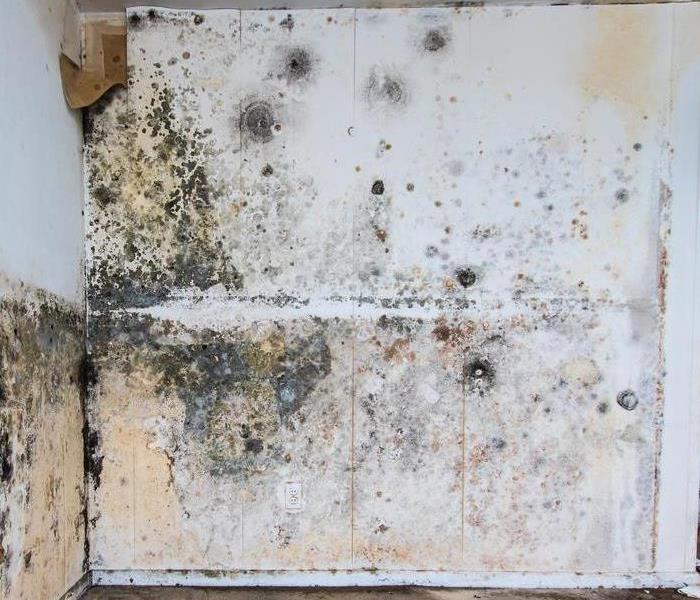When Nature Becomes an Art Critic
5/21/2018 (Permalink)
When mold begins to overtake your paintings, it can feel like nature is criticizing your taste in art. What’s actually happening, though, is that the paint – particularly in older paintings – and canvas are fertile breeding grounds and food for mold to devour, and the climate in Tulsa, OK, may even be contributing to that. So is it possible to save your paintings with mold remediation and mold cleaning, or are they lost forever to the ravages of time and mold damage?
You Can Save It – But Stay Away from Chemicals and Water
Your first instinct may be to attack your paintings with bleach and soapy water. This can ruin your paintings even worse than the mold. Acrylics are water-soluble and will begin to dissolve; oils can react poorly with bleach and other chemicals. You might save the canvas, but you’ll lose the art. Cleaning a painting suffering from mold damage is a delicate process involving:
• Dry brushing. A soft bristle brush can be used to dry brush and remove multiple types of mold, although one should be gentle.
• A mild mix of alcohol and water applied only to the back of the painting; applying to the front can dissolve the paint.
• Careful wiping with a barely-dampened cloth with water and no chemicals. Don’t use a cloth wet enough to cause damage to the paint.
• Sunning to destroy the mold. Be delicate with this, as sun exposure can also ruin paintings. Use sunlight as a deterrent in short periods before returning to cleaning with dry brush methods again.
Prevention Is the Best Measure
Mold cleaning is difficult when it comes to a prized piece of artwork. While some can be restored, it’s better to avoid altogether by preventing mold exposure with your precious art. Keep your art stored in a cool, dry place above any normal flood levels for your area. If necessary, contact art preservation specialists about mold cleaning and prevention. For more information, visit http://www.SERVPROsouthtulsacounty.com/.



 24/7 Emergency Service
24/7 Emergency Service
